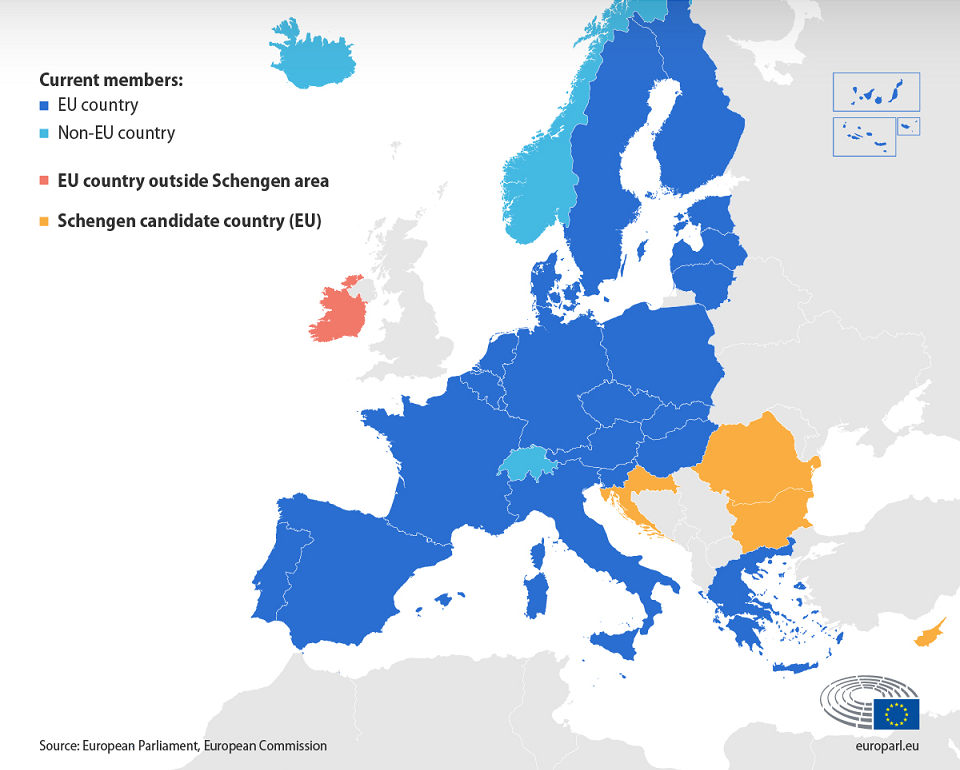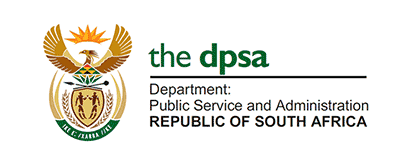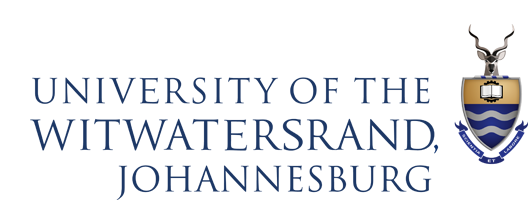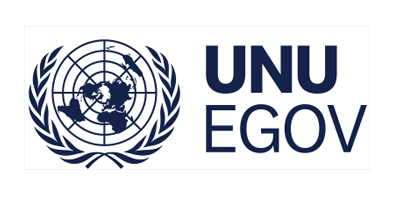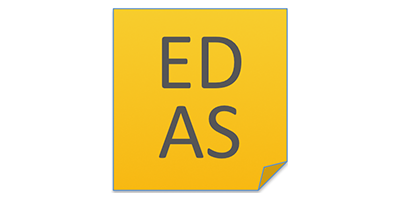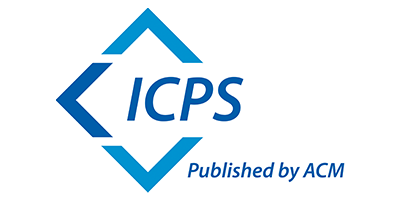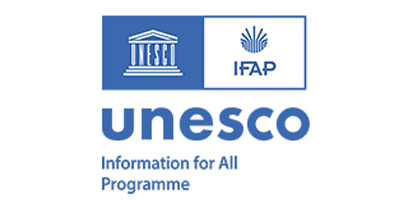For international participants arriving in Guimarães, it is recommended to book a flight to either of these airports:
- Porto Airport, also known as Aeroporto Francisco Sá Carneiro (OPO)
- Lisbon Airport, also known as Aeroporto Humberto Delgado (LIS)

Porto is the closest airport to Guimarães, at a distance of only 50 km (30 mi), and is the only international airport serving the north of Portugal. It is a major gateway for European flights and an important base for low-cost European airlines such as Ryanair and EasyJet. To reach Guimarães, the following options are available:
→ Bus: outside the arrivals terminal you can find the GetBus service for a direct connection to the city. The ticket can be purchased online beforehand or when boarding the bus. Estimated travel time: 50 minutes.
→ Train: outside the arrivals terminal you can take Metro Line E (Aeroporto – Estádio do Dragão, purple colour) to Porto-Campanhã train station and from there take one of the several daily urban trains to Guimarães. Tickets can be purchased online beforehand or at the train station. Estimated travel time: 60-70 minutes.
→ Taxi / Uber: widely available at the arrivals terminal. However, the price of a taxi or Uber to Guimarães is high when compared to other means of transportation (between 50€ and 60€). Estimated travel time: 40 minutes.
→ Car: once you leave the airport, take highway A41 (Maia) for about 10 km (6 mi) and then take highway A3 (Braga) for about 35 km (22 mi). Finally, take highway A7 (Guimarães) for the remainder of the journey. Highway tolls are in place, including electronic-only tolls. Estimated travel time: 40 minutes.

Located in the capital of Portugal, about 350 km (220 mi) from Guimarães, Lisbon airport is the main international gateway to the country and a major hub to flights from Brazil and Africa. It is easily accessible to and from all major cities in Portugal, while being the hub of TAP Air Portugal, the country’s flag carrier airline, and low-cost airlines Ryanair and EasyJet.
→ Bus: outside the arrivals terminal, several bus services are available to Guimarães. Estimated travel time: 5-6 hours.
→ Train: high-speed trains known as Alfa Pendular connect Lisbon to Porto daily. A further connection to Guimarães is required at Porto-Campanhã train station via an urban train. Lisboa-Santa Apolónia is the closest train station to the airport. Estimated travel time: 5 hours.
→ Car: once you leave the airport, take highway A1 (Porto) for about 280 km (175 mi) and then take highway A3 (Braga) for about 35 km (22 mi). Finally, take highway A7 (Guimarães) for the remainder of the journey. Highway tolls are in place, including electronic-only tolls. Estimated travel time: 4 hours.
→ Airplane: it is also possible to book a flight directly to Porto airport. Several daily flights from TAP Air Portugal are available. Estimated travel time: 50 minutes.
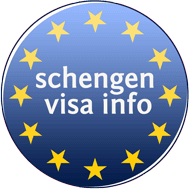
All international conference participants must possess valid identification and travel documents before entering Portugal. Each participant is responsible for arranging their own visa, as per the applicable laws of the country.
The conference organisers strongly recommend that all participants check, as soon as possible, the rules for entering the country that are applicable to them, as well as the COVID-19 requirements at the time of travel. Additionally, the organisers strongly recommend that visas are requested at least 2 months before travelling. There have been cases in past conferences where late visa applications from participants led to their inability to attend the conference.
The most common visa for short stays (up to 90 days) for tourism or business purposes is the Schengen Visa. It allows its holder to enter and free circulate in the Schengen Area: a zone where 26 European countries have abolished their internal borders for the free and unrestricted movement of people. These are known as Schengen States, of which Portugal is part (see the map below). Note that, due to COVID-19, restrictions may apply at the individual country borders.
→ Ministry of Foreign Affairs: Visas
→ Ministry of Foreign Affairs: Who needs a visa?
→ Schengen Visa information
Visa invitation letter
A visa invitation letter can be issued by the conference organisers upon request from the participant if the following criteria are met:
- The participant plays a role in the conference (author of accepted paper, session chair, moderator, panelist, etc.);
- The participant has paid the registration fee or this fee has been waived by the conference organisers (e.g. scholarship);
- The participant requests the visa invitation letter during the online registration (tick the box “I require a visa invitation letter”).
The letters will be issued in digital format only and as soon as possible. Nonetheless, the conference organisers will not be held responsible for any visa-related issues or delays, nor are they able to speed up visa issuing within the embassies, consulates or the Portuguese Ministry of Foreign Affairs.
